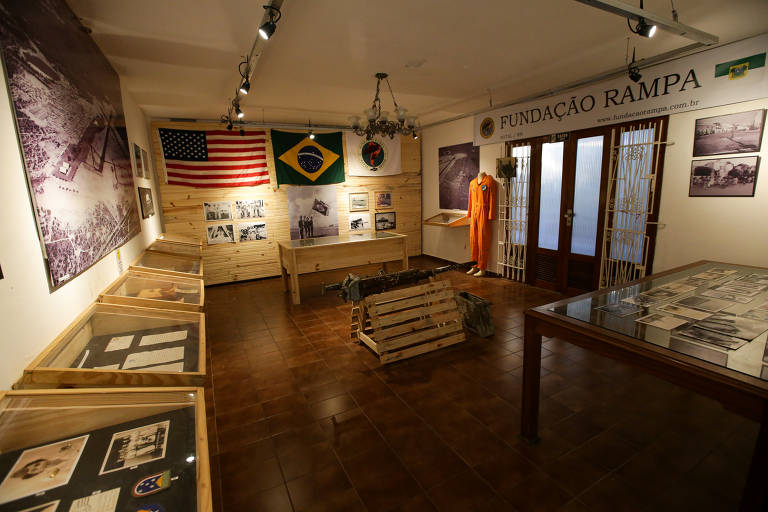A man with his caipirinha jar on a warm water beach wants no war with anyone. But some go to Rio Grande do Norte to breathe warlike air.
They went to the right place. The Potiguares neighborhoods play their part in the history of the world's second-largest conflict, and local tourism has begun to awaken to this war-and-peace combo: first shot, shit, and bomb, then good beach life.
Christmas functioned as a pull of the Americans in the first half of the 1940s, when "bye, byes" and "oks" fell into people's mouths.
Its location was a great asset to allies trying to defeat Adolf Hitler (1889-1945): it is one of the closest peaks between the Americas and the European and African continents (territory disputed by the forces in combat).
US troops arrived in 1942. In the same year, the US War Department ranked the city as one of the four most strategic points in the world, along with Suez, Gibraltar, and Bosphorus.
Natal earned the nickname "Trampoline of Victory" by becoming a pit stop for US planes, which were fueled before going to the other side of the world.
Those palm-colored soldiers, which had more yellow than the sun's hair, provided a cosmopolitan fuel breakdown for the regional culture.
In 1941, Coca Cola opened its first Brazilian branch nearby, in Recife, and then installed another factory in Natal. Brazil became the fourth country to consume Coca, after the USA, England, and Canada.
Natal's relationship with aviation precedes the bellicose of the world confrontation. Pioneering companies, such as German Lufthansa and American Pan American, were already in the local bands.
The war brought up a sweet side: Mickey's bullet was sold at Disney and also in the northeastern city.
The amusement park, incidentally, is the metaphor pinned by Frederico Nicolau, 55, to define the upcoming Trampoline Cultural Center of Vitória. "It's going to be a Disney World War II," he says, one of the space curators.
The opening is scheduled for January 28, when Franklin Roosevelt (1882-1945), then US president, met the Brazilian leader in 1943. Getúlio Vargas (1882-1954), seen for a long time as an exempt who flirted with both sides of the duel, joined the Allies the year before.
Translated by Kiratiana Freelon
